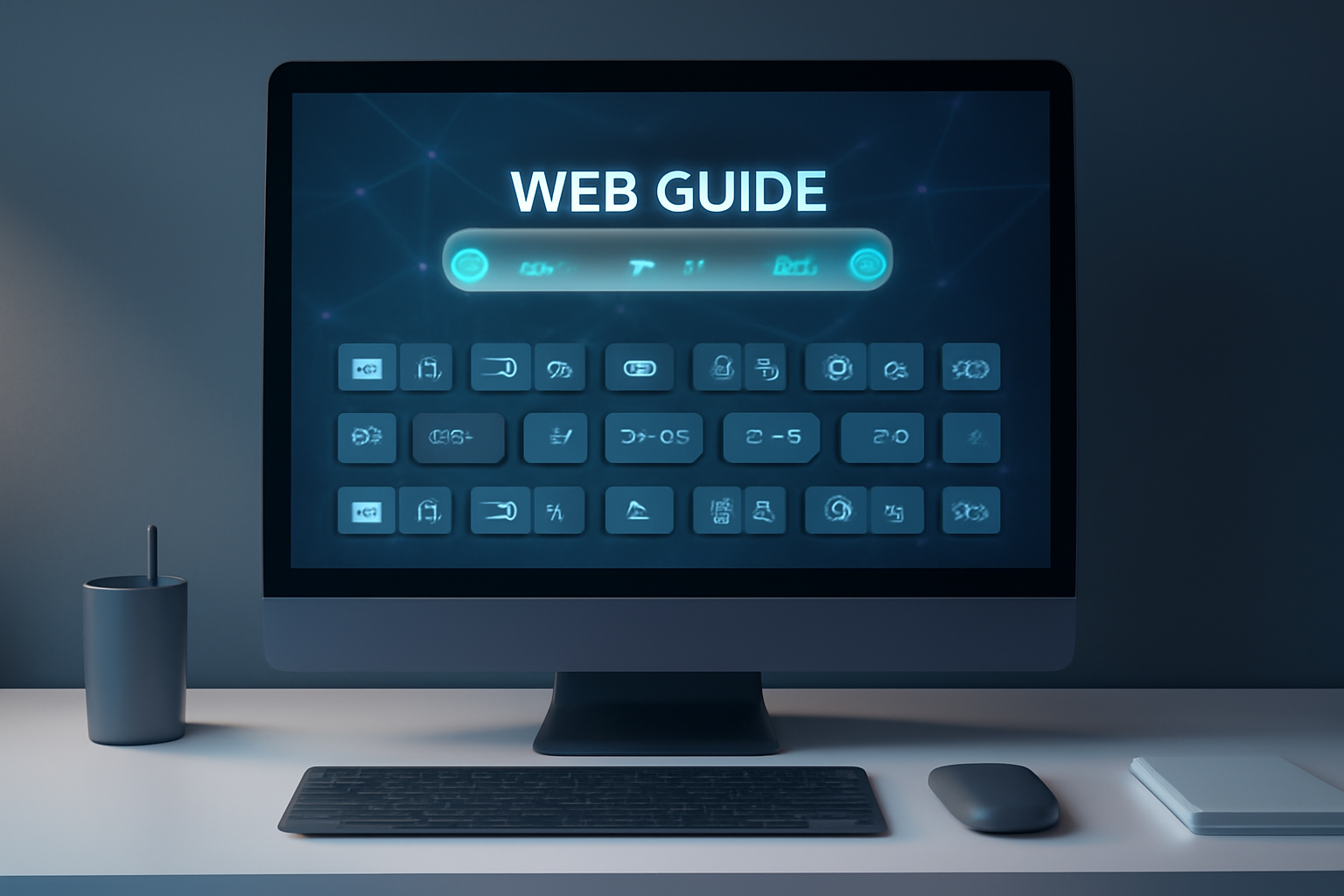Google’s New AI-Powered Search Feature: Introducing Web Guide
Google is constantly evolving its search engine to provide users with faster, more relevant, and easier-to-digest information. The latest innovation being tested is an AI-powered feature called Web Guide, which groups related links together in a way that aims to enhance how users explore topics online.
What is Web Guide?
Imagine searching on Google and instead of receiving a long, linear list of links, you get a curated set of grouped resources organized by subtopics. This is essentially what Web Guide does. Powered by AI, it identifies related pages and categorizes them under relevant headings, creating a kind of guided roadmap for your search journey.
Instead of clicking through isolated links one by one, users can now see clusters of content that offer a more comprehensive understanding of a subject. This helps in reducing the time spent hunting for valuable information and makes the entire search experience more intuitive.
How Does Web Guide Work?
Google’s AI analyzes the content of various websites relevant to your query, then groups them into thematic clusters. For example, if you search for “best DSLR cameras,” Web Guide might separate the results into categories like “Budget Options,” “Professional Cameras,” and “Camera Accessories.” Each category will contain links that specifically relate to that aspect of the topic.
This organization is designed to mimic how a human expert might break down a topic into smaller, manageable pieces. By doing so, Google helps users explore subjects more deeply without feeling overwhelmed by unrelated or redundant links.
Why is This Important?
Traditional search results often display links in a simple ranked list based on relevance and SEO factors. While this works well for many queries, it can sometimes be less effective for complex or multi-faceted topics where you want to explore different angles or subtopics.
Web Guide’s AI-powered grouping addresses this by:
- Improving navigation: Users can jump directly to the subtopic of interest.
- Saving time: Reduces the need to sift through unrelated links.
- Enhancing understanding: Presents information in a structured, logical way.
For researchers, students, or anyone diving deep into a subject, this change could be a game-changer. It’s also a natural step forward in making search engines more interactive and user-centric.
What Does This Mean for Website Owners and Content Creators?
With AI grouping content based on themes, website owners should pay close attention to how their pages are structured and categorized. Clear headings, well-defined topics, and quality content that fits naturally into specific niches could improve the chances of being grouped effectively within a Web Guide.
This development also encourages creators to think beyond individual pages and consider how their content fits into the broader ecosystem around a topic. It’s not just about ranking anymore; it’s about being part of a meaningful and relevant conversation that AI can recognize and present.
When Will Web Guide Be Available?
Currently, Web Guide is in the testing phase and being rolled out to select users. Google often experiments with new features in limited regions or among small user groups before a wider release. There’s no official timeline yet for when it will become a standard feature, but given Google’s focus on AI and search innovation, it’s likely to be integrated more broadly in the near future.
Final Thoughts
Google’s Web Guide represents a significant leap in how search results can be presented and consumed. By leveraging AI to group related content, it aims to make searching more efficient, comprehensive, and user-friendly. Whether you’re a casual browser or a deep researcher, this feature has the potential to transform your online exploration.
For more detailed insights on this new AI search feature, check out the original report by Lifehacker.
Stay tuned as Google continues to innovate and redefine the way we find information online.

Leave a Reply